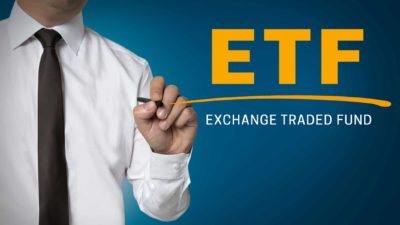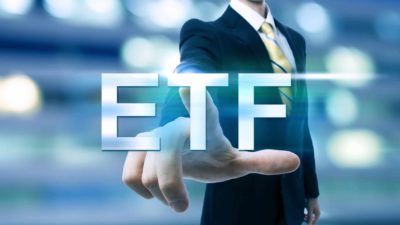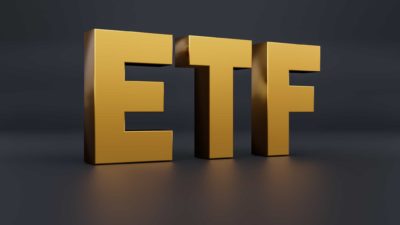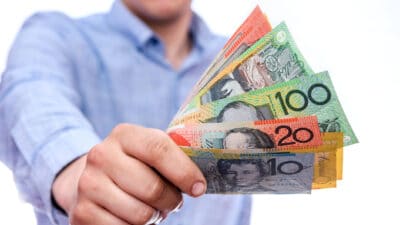It's been a fantastic day for ASX shares and the S&P/ASX 200 Index (ASX: XJO) so far this Thursday. At the time of writing, the ASX 200 has surged higher by a whopping 1.62%, putting it well back over 7,300 points. But let's talk about the iShares S&P 500 ETF (ASX: IVV).
Technically, this exchange-traded fund (ETF) has little to do with ASX shares. Instead, it is an index fund that tracks the flagship S&P 500 Index, which is a barometer of the largest shares listed in the United States.
However, this small detail won't stop ASX investors who own IV units from celebrating on the ASX this week.
iShares S&P 500 ETF clocks record high
That's because the ASX's IVV ETF has just hit a new all-time high. Not today, the ETF has pulled back slightly this Thursday. But yesterday afternoon saw the iShares S&P 500 ETF clock a new record of $47.39 a unit.
Today, those same units are presently trading for $46.99 each, down 0.74% for the day. But even so, investors are still enjoying a 25.2% year-to-date price return on this ASX ETF over 2023 so far, as well as a 19.26% return over the past 12 months.
There's a fairly simple explanation as to why this ETF has surged so spectacularly this year. The S&P 500 Index that it tracks has done the same thing. IVV is an index fund, meaning it mirrors the index it tracks. In this case, IVV also accounts for fluctuations between the Australian dollar and the US dollar, as the shares on the S&P 500 are naturally priced in US dollars.
But with the US tech titans like Apple, Microsoft, Amazon and Alphabet all having incredible runs over the year, it's no surprise to see this ETF reflecting that reality. Apple, which is the top stock in this ETF (accounting for 7.32% of the total portfolio), is up 58.28% in 2023. Enough said.
But that brings us to the question of whether it's too late to buy this index fund.
Is it too late for ASX investors to buy IVV units?
That's a tricky question to answer. Most investors are told that successful investing means 'buying low' and 'selling high'. Personally, I would much rather buy this index fund when it hits a new 52-week low, rather than a new 52-week high.
However, many investors who invest in index funds do so using a dollar-cost averaging strategy. This means that they periodically invest in an index fund like the iShares S&P 500 ETF, no matter what it's doing.
If you follow this strategy (which is a completely valid one for building wealth), then yesterday's all-time highs shouldn't deter you. Buying low and selling high usually involves trying to time the market. And that's not something that any of us should try and do habitually.
For all we know, the S&P 500 will have another great year in 2024. If it does, then we'll feel pretty silly in a year's time if we could have invested and chose not to.
Whenever an index hits an all-time high, history tells us that it will always, at some point, exceed that previous all-time high again.
So with this logic, no, it's not too late to buy the iShares S&P 500 ETF.









